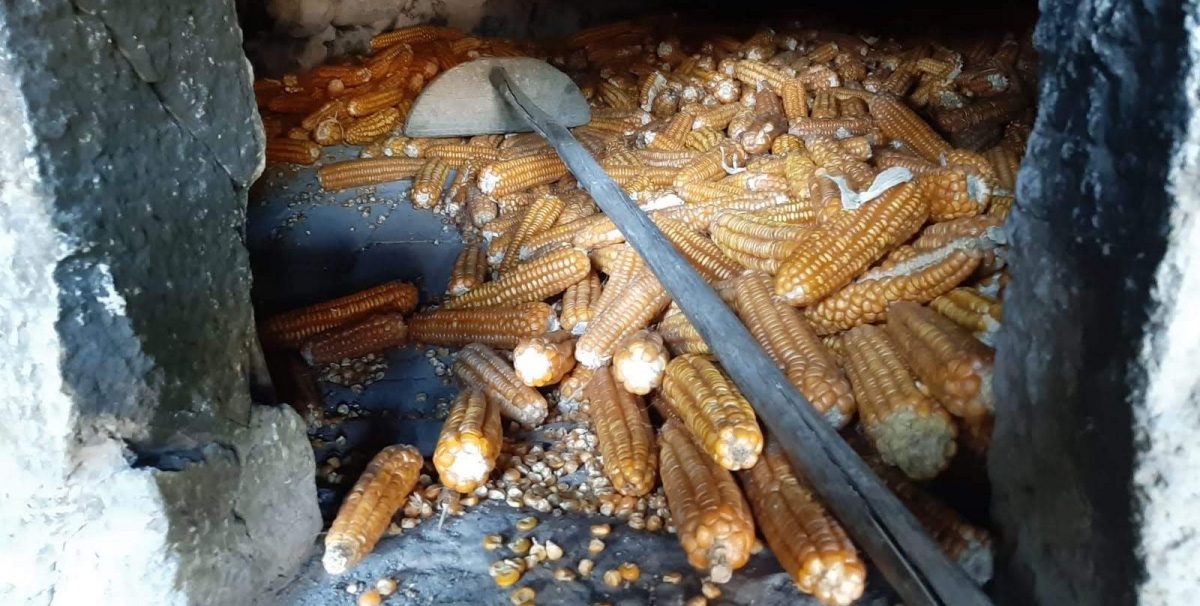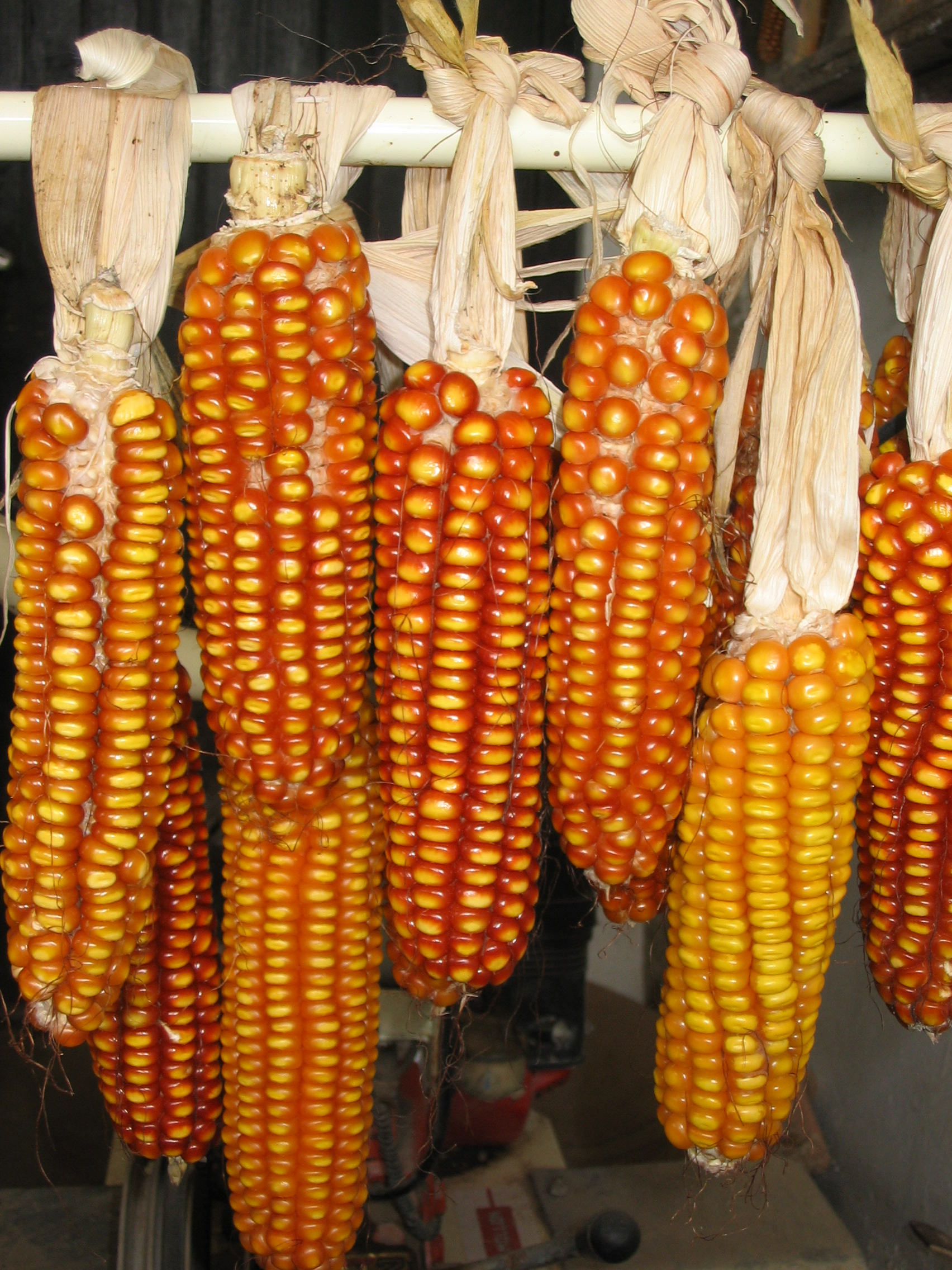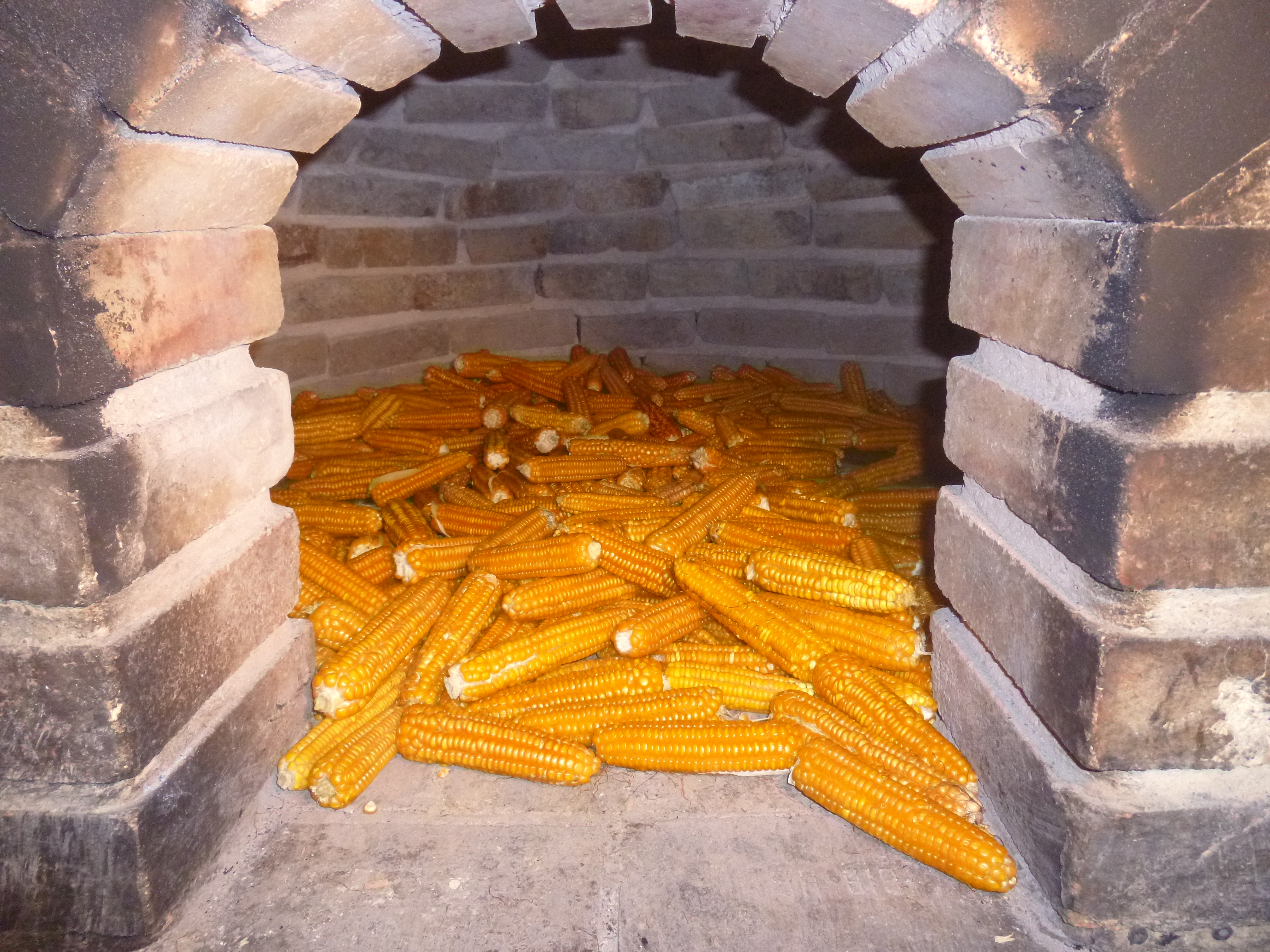Archives

Grain drying. Armintza, Lemoiz (Bizkaia), 2019. Enrike Gaubeka. Labayru Fundazioa Photographic Archive.
This is a follow-up of a previous post, published on 26 April 2019, dedicated to the cultivation and harvesting of maize.
Freshly-harvested, tender maize ears were roasted in the traditional wood-burning oven used for baking bread. Flour from oven-roasted maize grain (labartoa) is ideal for making flatbreads (taloak), typically soaked in milk or accompanied with pan-fried pork products (sartenekoa) such as chorizo and other fatty meat cuts. Maize flatbreads used to be toasted on a griddled placed over the glowing coals of the hearth (behesua) in the very old days, and on the kitchen stove (txapea) more recently. (more…)

Ears of maize drying. Labayru Fundazioa Photographic Archive.
Not much work would be done out in the fields during the winter. Inclement conditions did not allow it, and the soil was given a chance to rest. Farmers took advantage of this time of the year to tackle other chores which also required attention and dedication. (more…)



